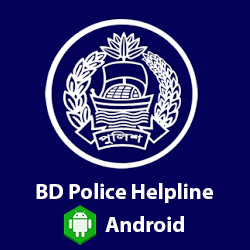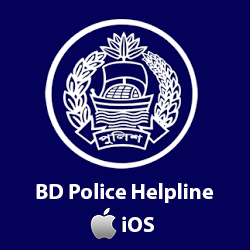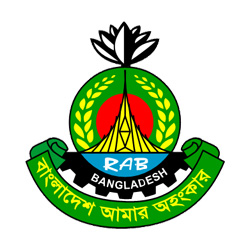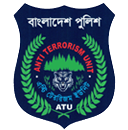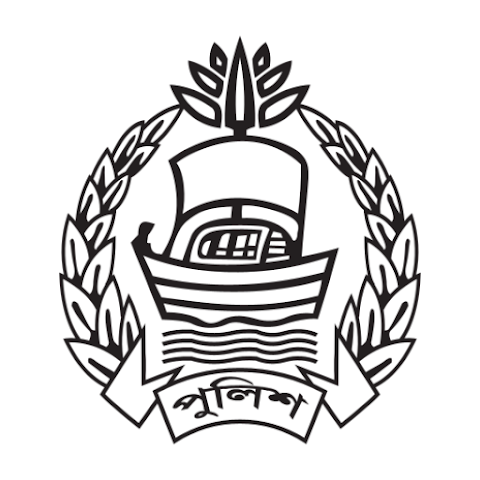Seaweed db Home
National Database on Seeaweeds (note: the database is in development)

| db Home | Lists | Locations | Funding | Gallery | Contact |
Research on marine products has enormous unexploited potential and significant advantages. Although Bangladesh possesses a part of the Bay of Bengal, the vast ground of our marine resources is yet to be explored and the application of biotechnology to marine biodiversity remains poorly developed. Therefore, a systematic and comprehensive study is essential. The proposed one year pilot project will be started collecting samples from the Bay of Bengal. The plants will be preliminarily characterized based on morphological and phenotypic characteristics. To identify the possible usefulness of these plants in food, health and pharmaceutical industry, the amounts and ranges of carbon, phosphorus, nitrogen, mineral contents, vitamins and proteins will be analyzed. Also, as a part of the evaluation in the health sector, the in vitro and in vivo anti diabetic activity of selected plant extracts, their effects on inhibition of glycosylation of haemoglobin and glucose transport across yeast cells will be conducted. Finally, economically important species will be cataloged. Availability of this information would enable Bangladesh as well as other IORA countries sharing the Bay of Bengal to utilize the potential marine flora in the best effective way as well as provide resources for future research. Furthermore, the healthy and productive seas and oceans can serve as a strong coordination instrument of blue growth for member states of IORA.
The Bay of Bengal, the largest bay in the world, forms the northeastern part of the Indian Ocean. Bangladesh is open to the Bay of Bengal (BoB) in the south. Roughly triangular in shape, bounded by eight countries: Bangladesh, India, Indonesia, Malaysia, Maldives, Myanmar, Sri Lanka and Thailand. The Bay of Bengal occupies an area of 2,172,000 km². It is rich in biological diversity, diverging amongst coral reefs, estuaries, fish spawning and nursery areas and mangroves.
Bangladesh is an overpopulated country. We depend on our land for food source. To reduce the pressure on land and to make diverse source of food we can look for alternative source e.g. the Bay of Bengal. Moreover we are not habituated to eat seafood that can be great source of nutrition. Also many seaweeds and plants are reported to have medicinal value. Considering all these issues the present proposal has been premeditated. Until now, fishes and some other animals are mainly exploited from the sea. However, plants are rarely exploited for the overall economic wellbeing of the nation. In Bangladesh, some data are available on coastal fauna of Bangladeshis (Quader, 2010). Information on plant resources present on the surface and beneath the sea is virtually non-existent, as no complete surveys have been conducted during the last three decades. About 230,000 species of marine plants and animals have been scientifically described all over the world. Marine floras include microflora (bacteria, actinobacteria, cyanobacteria and fungi), microalgae, macroalgae (seaweeds), marine phyto-planktons and flowering plants, mangroves and other halophytes. Marine bioresources such as plantains, marine cyanobacteria, algae, invertebrates animals, and fishes produces a great variety of specific and potent bioactive molecules (Boopathy et al, 2010). The pharmacological functions of marine natural products to develop new potent drugs including anticancer, anti-diabetic, anti-human immunodeficiency virus, Alzheimers and many other disease therapeutics are of importance now a days. Continuous use of synthetic drugs cause severe side effects, and led to resistance of microbes. Also synthetic drugs are expensive and large populations cannot afford to get benefit from these drugs. So a global trend with focus on green medicines due to minimum side effects and cost effectiveness is increasing. Medicinal plants play an appreciable role in the development of modern herbal medicines. Seafood consumption has been reported to be associated with protective effects against cardiovascular diseases, with improved foetal and infant development, as well as several other diseases and medical conditions. Research on seafood proteins and other seafood derived components suggest that these nutritional components contribute to the health effects. However, there is no existing records for our country how much of these resources can be used for purposes like food, medicine and cosmetics. So firstly we need to properly explore what we have in our sea.
Putative identification and PCR of the collected samples (Download as PDF)
Locations of sample collection
Sampling of seaweeds has been carried four times at various location of Saint Martin’s Island.
a. First Sampling
Date: December 05-07, 2016
Sampling area: Saint Martin’s Island and CheraDwip, Teknaf, Bangladesh
Sample name: (i) 6 Seaweed samples (ii) Water, sand and coral samples (to isolate marine microbes), (iii) 59 fish samples.
b. Second Sampling
Date: March 05-08, 2017
Sampling area: BFDC landing center, Cox’s bazar, Bangladesh
Sample name: 396 fish samples.
c. Third Sampling
Date: 04-06 April, 2017
Sampling area: Saint Martin’s Island and CheraDwip, Teknaf, Bangladesh
On April 02, 2017 the sample collection team moved to Teknaf, however, they could not reach the Saint Martin’s Island due to adverse weather conditions. The team was compelled to postpone that sampling. For this reason, second phase sampling date for seaweeds is shifted to April 10-12, 2017.
d. Fourth Sampling
Date: April 10-12, 2017
Sampling area: Saint Martin’s Island and CheraDwip, Teknaf, Bangladesh
Sample name: (i) 19 Seaweed samples, (ii) Water, sand & coral samples (to isolate marine microbes)
e. Fifth Sampling
Date: July 08-11, 2017
Sampling area: Bhatiari, Sitakunda, Chittagong, Bangladesh
Sample name: 61 fish samples.
f. Sixth Sampling
Date: December 17-20, 2017
Sampling area: Saint Martin’s’s Island and CheraDwip, Teknaf, Bangladesh
Sample name: 41 Seaweed samples.
g. Seventh Sampling
Date: February 01-07, 2017
Sampling area: Saint Martin’s’s Island and CheraDwip, Teknaf, Bangladesh
Sample name: 66 Seaweed samples.
Total budget
US$ 40,000.00 (BDT 31, 15,200.00)
Funding agencies
IORA: US$ 20,000.00 (BDT 15, 57,600.00, 1 US$ = 77.88 BDT)
NIB: US$ 20,000.00 (BDT 15, 57,600.00, 1 US$ = 77.88 BDT; Actual expenditure BDT 1688324.00)
Principal Scientific Officer and Head Molecular Biotechnology Division














.jpg)

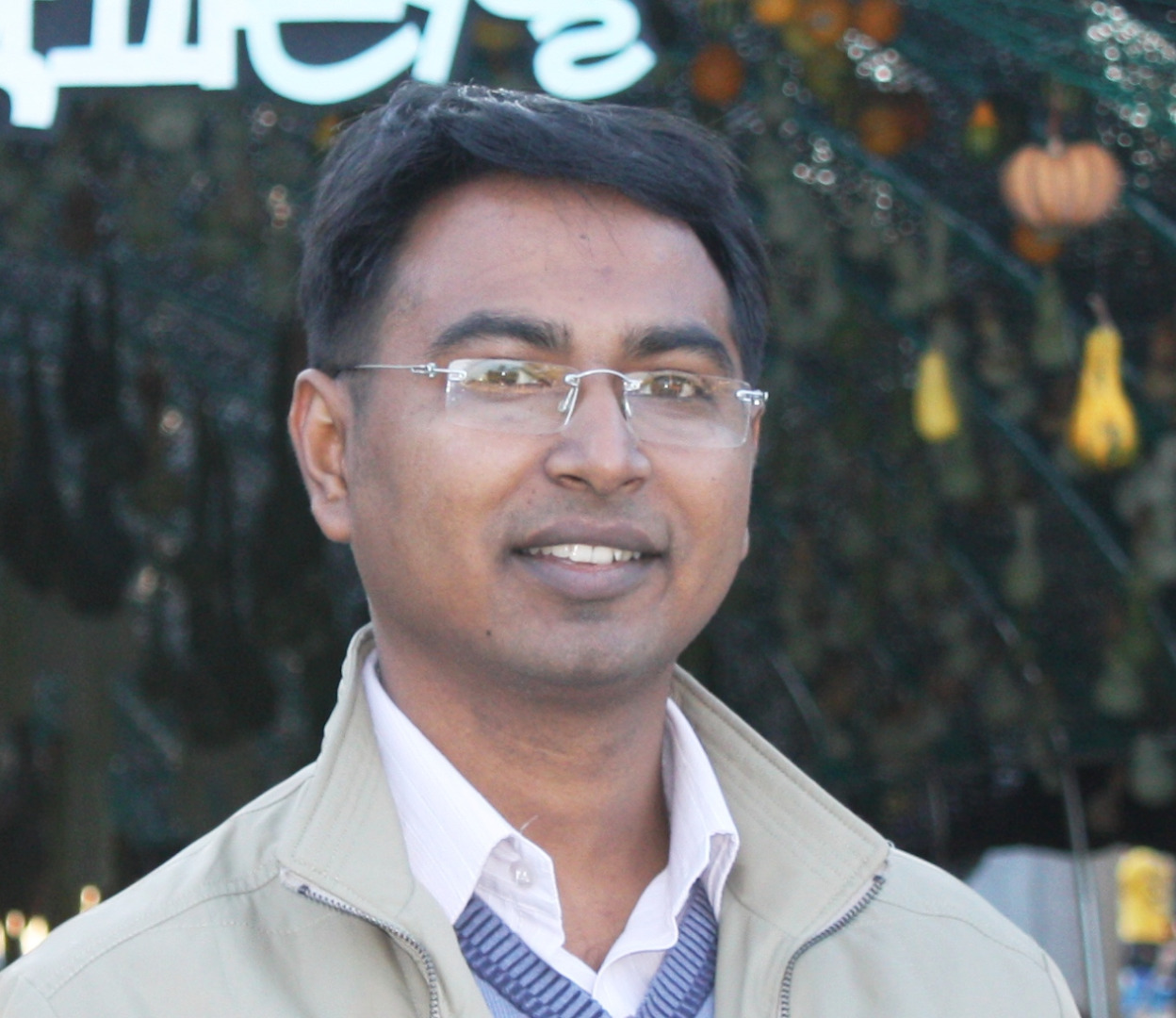 Iftekhar Alam, PhD
Senior Scientific Officer and Head
Plant Biotechnology Division
Email: ifte.alam@gmail.com
Iftekhar Alam, PhD
Senior Scientific Officer and Head
Plant Biotechnology Division
Email: ifte.alam@gmail.com